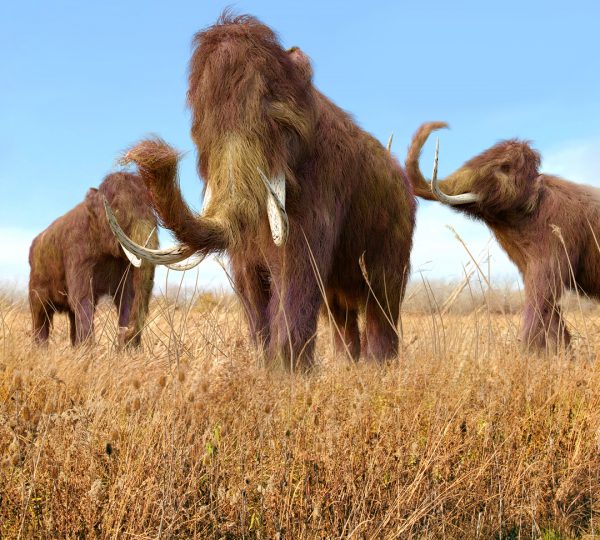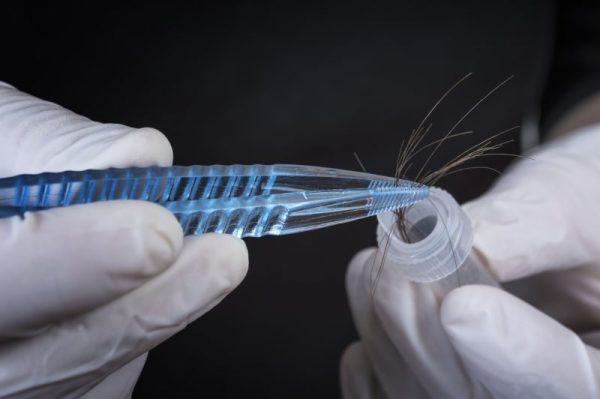Investment Sought for $6 Million Cloning Centre For Mammoths
What does it take to bring an extinct species like the Mammoths back in being? The answer to that question is an investment of nearly $6 million.
For more than a year, the North-Eastern Federal University in Yatusk, Siberia, has been working with scientists in South Korea, with the aim of resurrecting the wooly mammoth and other extinct animals from Pleistocene era.
Now they have been searching for funding to build a ‘world-class paleo-genetic scientific center’ to house their work. The center will include underground laboratories sunk into the permafrost, and will be funded with support from the regional government of Yakutia.

The center’s goal will be to use living cells to study extinct animals and possibly even be able to restore the species. Mammoths, cave lions, wooly rhinoceroses, and various sub-species of prehistoric horses and other animals were all native to Yakutia long ago.
Studying the animals using living cells isn’t as far-fetched as you might believe, despite how long the creatures have been extinct. There are many sets of remains from these species that died and were encased in permafrost which left them in a remarkable state of preservation.
In fact, some 80% of all existing unique samples of animals from the Pleistocene and Holocene eras which still have some soft tissue preservation come from this part of the world, which is another solid reason for building the research center there.

The university has been partnering with the SOOAM Biotech Research Foundation in South Korea on their research work.
The center’s ultimate goal involves being able to extract enough useful DNA from preserved soft tissue to effectively clone these extinct species.
In the case of the mammoth, its DNA could be injected into an ovum from an Asian elephant, one of its closest genetic kin, producing a mammoth-elephant hybrid that would possess many traits of its ancient forbearers, such as the small ears, long, coarse coat, and ability to tolerate the cold.
The British publication, the Mirror, reported that if the team is successful, they will eventually open a Jurassic Park-style theme park where the animals could roam free in what used to be their natural habitat.
Not only have they been studying animals, they have also been studying the people and history of settlement in North Eastern Russia in the distant past, according to Dr. Lena Grigorieva, who is one of the leading researchers at the International Center for collective Use Molecular Paleontology at the university’s Center for Applied Ecology.

She noted that the northern ethnic groups have a unique and ancient genetic structure, which is useful in studying things like the diagnosis and prevention of genetic diseases.
The Russians and South Koreans aren’t the only one who have been showing an interest in resurrecting the mammoth. Russian scientists have also been sharing information with researchers in the US who have the same goal, including George Church at Harvard University.
Church is one of the biggest names in the technology of genetics, and was one of the scientists who developed the gene-editing technology known as CRISPR. He has been working for more than a decade to examine mammoth DNA to find the particular genes that relate to their cold-weather adaptations, since those are the critical pieces in making an effective mammoth-elephant hybrid.
So far, although there have been some specimens unearthed from the permafrost who still have enough soft tissue to retrieve some DNA, and there have even been attempts to reactivate ancient cells, it still seems like it will be a while before either group gets enough viable, undamaged DNA for their purposes. After all, even the best preserved specimens that they have found in Yakutia so far are thousands of years old, and no one is really at their best at that age.
Another Article From Us: Mammoth Graveyard Being Looted by Black Market Hunters
The Yakutian genetics center does, however, have a real shot at being able to do what no one has ever done – bring back a species from extinction.





